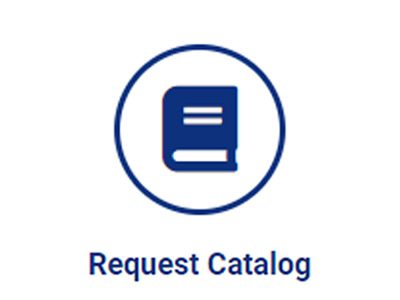“Determination of Formic Acid Using and Automatic Carbon Dioxide Coulometer” Microchemical Journal 24 (1979): 479-483.
DALE ALLEN RAINES AND EDWARD W.D. HUFFMAN, JR.
Huffman Laboratories, Inc., 3830 High Ct., P.O. Box 777, Wheat Ridge, Colorado 80033
Received June 9, 1979
INTRODUCTION
The determination of formic acid in the presence of other acids is usually performed by oxidation of formate with mercuric salts followed by quantification of the evolved CO2. These procedures have required large samples, lengthy analysis time, and tedious adsorption tube weighing.
This paper describes the use of a semiautomated method for the determination of formic acid in a variety of matrices using the mercuric oxidation of formate and coulometric detection of the evolved CO2.
MATERIALS AND METHODS
Reagents
All reagents were prepared from ACS reagent grade chemicals.
Pre-scrubber solution. Aqueous KOH (45%).
Mercuric acetate solution. A solution of 10% mercuric acetate was prepared in 0.5 N acetic acid. This solution must be gently boiled to remove all dissolved CO2 and protected from air to prevent adsorption of CO2.
Acid solution. Acetic acid (2 N).
Sample scrubber solution. An aqueous 1% silver sulfate solution containing 3% H2O2 was acidified to pH 3 with H2SO4.
Coulometer cell reagents. Coulometer solution, anode solution, and KI were obtained from Coulometrics, Inc. 1
Standards. Formic acid solutions were prepared from reagent grade formic acid (assay 90.4). Reagent grade sodium formate (assay 100.0) was used as a standard.
Apparatus
A Coulometrics carbonate carbon system 140 was used for the analysis. Figure 1 shows the assembly of the reaction apparatus. The apparatus contains an internal pump to provide two air streams. One air stream flowing at approximately 500 cm3/min is used to cool the condenser (I).




